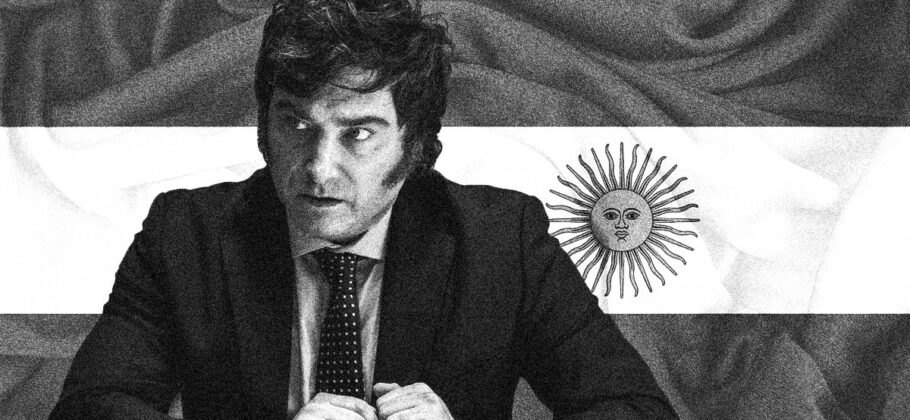Argentine President Javier Milei is running a high-intensity free-market overhaul that he calls shock therapy. The plan is to end decades of inflation and recurring crises by shrinking the state, stopping money printing, and letting markets set prices and signals. Milei brands his philosophy anarcho-capitalism and often uses a chain saw as a symbol of cutting spending.
The experiment began after Milei took office in December 2023. The stakes rose through 2024 and 2025 as he moved from campaign promises to broad executive action, and they peaked with the midterm elections on Sunday, October 26, 2025.
Milei and his team set out a clear sequence. First, unify and sharply devalue the peso to end multiple exchange rates. Second, slash the budget deficit through spending cuts and subsidy reductions. Third, liberalize markets that had been tightly controlled, including imports and rents. Fourth, defend the fiscal and regulatory shift by holding enough seats in Congress to preserve veto power.
Key moves include firing tens of thousands of public-sector workers, cutting energy subsidies, removing price controls, opening imports that had been restricted, and ending bans such as selling dollars online. He pushed a rapid peso devaluation to reduce the chronic budget gap that had been funded by printing money. The government also leaned on alliances abroad, most notably with Washington, which announced a 20 billion dollar currency swap and pledged to raise another 20 billion dollars from private banks and sovereign-wealth funds.
Milei aimed to stop inflation, restore credibility, and put Argentina on a growth path through smaller government and sound money. He intended a balanced budget, freer prices, renewed investment, and a currency that no longer needed constant defense. He also intended to secure enough legislative strength to block rollbacks and keep his decrees intact.
So Far…
The mix of shock and austerity produced quick fiscal and price effects. Argentina posted its first balanced budget in more than a decade. Reported inflation fell sharply, from roughly 200 percent two years ago to about 32 percent now. Multiple exchange rates were unified after a heavy devaluation. On the ground, the picture remains mixed. Real wages have fallen more than 20 percent since 2023 and about one in three people still live in poverty. Some provinces punished Milei’s party in September, signaling anger at the pain of cuts and his combative style.
The Controversy
Backers argue the plan is working. They note inflation’s steep drop, fiscal repair, and renewed access to goods once choked by controls. In the capital, luxury dealers report stronger sales after import barriers fell, financiers praise freer dollar markets, and oil executives highlight a friendlier climate for investment. One analysis touts growth at 7.7 percent year over year, a budget swing from deficit to surplus, half the cabinet eliminated, and falling poverty since the second half of last year. Voters who stuck with Milei frame it as a once-in-a-generation reset that finally ends the old cycle.
Critics argue the experiment has created volatility rather than stability. They point to drained reserves during currency defense, a stock-market boom that later slumped with political risk, and social stress from job losses and subsidy cuts. Soup kitchens report surging demand, and families on fixed incomes say purchasing power has shrunk despite lower inflation. Opponents also warn that if Congress turns against Milei, vetoes could be overridden and impeachment would no longer be unthinkable.
The 2025 midterm results – vindication
With nearly 92 percent of votes counted, Milei’s Freedom Advances won about 41 percent of the national vote. His party and allies are on track to secure at least one third of the seats in both chambers. That is the crucial threshold needed to preserve presidential vetoes and protect his decrees. Local tallies show roughly 40.84 percent in lower-house voting nationwide and six of eight Senate-renewal provinces carried. Markets are expected to rally on relief that the program retains political traction. The win also locks in external support. President Trump had tied a 40 billion dollar rescue effort to Milei’s success, saying if he wins we are staying with him, and if he does not win we are gone.
Before the vote, analysts said less than 35 percent would be dangerous, and anything near or above 40 percent would be a clear win. Milei cleared that higher bar. He did it after unrest, real income pain, and a poor provincial result in September. The outcome keeps his veto power intact, steadies relations with the IMF and the United States, and buys time to add pro-growth measures to fiscal discipline. Supporters will call that proof the country is choosing a hard path out of crisis. Detractors will note low turnout and continued hardship. Both can be true at once. The election result means the experiment continues, and Milei has earned another round to show that stabilization can turn into broad-based recovery.





